Introduction

Thypoch is a new manufacturer of photography lenses and entered the market at the end of 2023 with two M-mount lenses, the Simera 28mm 1.4 and 35mm 1.4. I only received these lenses one week prior to the release date of the 28mm 1.4, so I am sharing with you here my first impressions of these lenses, to give you an idea if they could be something for you. Both lenses will also receive their individual reviews in the future, as you are used to.
Sample Images






You can find most of the sample pictures in this article in full resolution here.
Contents
Specifications
Thypoch Simera 28mm 1.4
-
- Diameter: 59 mm
- Field of view: 75° (diagonally)
- Length: 55 mm
- Weight: 331g (without hood and caps)
- Filter Diameter: 49 mm
- Number of Aperture Blades: 14 (rounded)
- Elements/Groups: 11/7
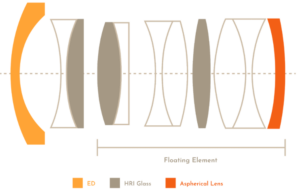
- Close Focusing Distance: 0.40 m
- Maximum Magnification: 1:12.8 (measured)
- Mount: Leica M
Thypoch Simera 35mm 1.4
-
- Diameter: 58 mm
- Field of view: 64° (diagonally)
- Length: 50 mm
- Weight: 280g (without hood and caps)
- Filter Diameter: 49 mm
- Number of Aperture Blades: 14 (rounded)
- Elements/Groups: 9/5

- Close Focusing Distance: 0.45 m
- Maximum Magnification: 1:10.4 (measured)
- Mount: Leica M
buy from manufacturer’s shop (use code PRNET for free shipping) | ebay.com | B&H (affiliate links) for $699 each
Disclosure
I received review samples from Thypoch one week before publishing this article. The 35mm 1.4 looks like it is a final production model. The 28mm 1.4 on the other hand is an early demo unit and therefore mechanically not as refined.
Handling/Build Quality

Let me first say, I see some interesting new things here, but also some beginner’s mistakes, that could have been easily avoided.
Both these Simera lenses feature a depth of field scale design Alpa introduced in 1951 under the name “Visifocus”: instead of simple bars or lines we see these red dots that “light up” when changing the aperture setting. At first sight this does look pretty cool, but then I can not remember the last time I actually used a depth of field scale, because it simply isn’t accurate enough on high resolution digital cameras.
What is more important, this design takes up a lot of space and has ultimately led to a very narrow focus ring. This focus ring is therefore also situated very close to the camera and not that easy to get a hold on. Quite often I reached for the wider aperture ring instead, as this is where you would expect the focus ring to be.
What I like about the focus ring is that it has a distinct click stop at the 0.7 m setting, so you will notice leaving the rangefinder-coupled range.
The rotation angle between 0.7 m and the minimum focus distance is really short though, which makes the lens very hard to focus at closer distances.

The aperture ring features a small de-click lever at the bottom. Its resistance is high, so I don’t think there is a high likelihood to accidentally change its setting. The stops are not spaced equidistantly and the click stops are also a bit random – 1/3rd of a stop clicks between f/1.4 and f/4.0, half stops between f/4.0 and f/8.0, full stops between f/8.0 and f/16 – which makes figuring out how far you stopped the lens down going by the clicks and without looking at it also rather difficult.

Unfortunately these lenses also feature an infinity lock similar to those found on old Leica lenses as well as e.g. the TTArtisan 28mm 5.6 or the Canon 50mm 1.4 LTM.
I have absolutely no idea who is a fan of those and who thought it was a good idea to include them in a modern lens. Personally I always find them to get in the way of my shooting and I find it very annoying to have to push that hard-to-reach-button first, to focus at closer distances, when the lens was set to infinity before.
All the markings are engraved and filled with paint. Some of the writings do look a bit cramped together though, less would have probably been more here.
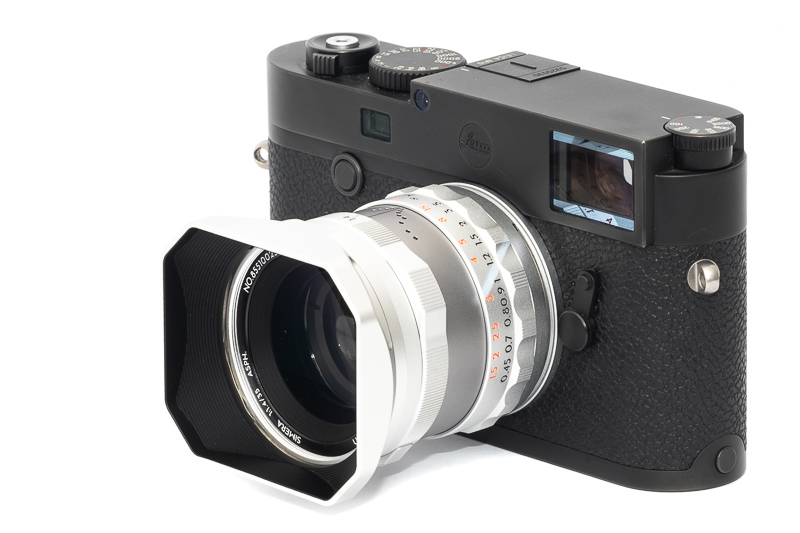
While the inside of the hood is painted matte black, these lenses feature a shiny front ring similar to some Voigtländer lenses. These reflective front rings can lead to additional unwanted flare artefacts.

I used the Simera 35mm 1.4 for the description above, the 28mm features a very similar design. As I received an early demo unit I cannot tell you at this point if it is exactly the same though.
Especially with the 28mm I had the issue that under strong sunlight from the left I was often kicked out of liveview on the Leica M10, which happens when a lens doesn’t fully cover the camera’s 6-bit code reader. I tried to recreate this issue indoors with a strong flashlight, which I did not manage to do. Using the lens in the field (under less strong light though) I also did not encounter this issue again. When there is again strong sunlight here in Germany I will further investigate this.
Vignetting
Light falloff
| 28mm | 35mm | |
|---|---|---|
| f/1.4 | 3.2 | 3.0 |
| f/2.0 | 2.4 | 2.3 |
| f/2.8 | 2.1 | 1.9 |
| f/4.0 - f/16 | 1.9 | 1.8 |
The vignetting figures are very typical for fast yet compact M-mount lenses and the 35mm’s performance is in line with its competitors.
When it comes to 28mm lenses there is less competition, the 7Artisans 28mm 1.4 showed a bit less vignetting at f/1.4 to f/2.0, but the same amount further stopped down.
It is recommended to have a look at this article first to get an idea how this brightness graph works.
Optical vignetting
Fast lenses usually show a significant amount of optical vignetting. Without going too much into technical details optical vignetting leads to the truncation of light circles towards the borders of the frame.
In the center of the frame almost every lens will render a perfect circle, but only lenses with very low optical vignetting will keep this shape in the corners.
So in the following comparison we move from the center (left) to the extreme corner (right) and see how the shape of the light circle changes.
The 28mm 1.4 shows a comparably low amount of optical vignetting. It does slightly better here than the 7Artisans 28mm 1.4 and way better than any of the Voigtländer 28mm lenses I tried so far (f/1.9, f/2.0 MK I and f/2.0 MK II). Onion ring structures caused by the aspherical elements can be visible though.
Compared to other compact 35mm M-mount lenses the Simera 35mm 1.4 is also showing a good performance here. Light circles can take on a bit deformed “turtle shell” shape towards the cornes though.
The very high optical vignetting has always been one of the few things that bothered me about most of the recent Voigtländer lenses, it is nice to see a manufacturer going for a different approach here.
Sharpness
Focus Shift
With some lenses the point of optimal focus shifts on stopping down. The 28mm 1.4 shows almost no focus shift, the 35mm 1.4 on the other hand does show a notable amount. When using the rangefinder to focus I would probably try to avoid the f/2.8 setting.
infinity (24mp Leica M10, 42mp Sony A7rII)
Let me first say, that the centering quality of the 35mm 1.4 was not that great, whereas that of the 28mm 1.4 was decent. Because the hard infinity stop of the 28mm was not properly calibrated and I have to assume this led to additional field curvature I am not showing graphs for the 28mm 1.4 here and will wait for a final production model.
The Simera 35mm 1.4 shows a good performance in the center from f/1.4 on the Leica M10. Towards the corners we see increased glow, which disappears at f/2.8 in the midframe. The corners also look decent from f/2.8, peak performance is reached at f/8.0. This lens performs as bad on the Sony A7rII with its thick filter stack as we would expect. The midframe needs f/5.6 to look decent, the corners look only okay at f/11.
portrait distance (24mp Leica M10, 24mp Sony A7III)

I refocused for every shot and aperture to get the best possible result at different locations in the frame (center, inner midframe and outer midframe).
The circle of the dollar bill is more or less the size of a human eye.
We will be looking at 100% crops from the 24mp Sony A7III and the Leica M10. Both cameras do not have an anti aliasing filter in front of the sensor. Focus distances were 0.9 m for the 28mm lens and 1.0 m for the 35mm lens.
Leica M10 <—> Sony A7III
First thing we notice is, that both lenses are clearly optimized for the thin filter stack of Leica cameras, as it should be the case. Off center the 28mm performs way better on the Leica camera and in the outer midframe this is also the case for the 35mm.
The 28mm shows a very good performance everywhere in the frame on the Leica with only minimal softness and astigmatism, which puts it clearly above the 7Artisans 28mm 1.4 in this – at least for me – important category.
The 35mm falls slightly behind in the outer midframe but still shows a decent performance, similar to the Voigtländer VM 35mm 1.2 Nokton III at shared apertures.
close (42mp Sony A7rII)
Both lenses feature a floating elements design, so despite their comparably short minimum focus distances we should expect good performance at wider apertures here.
Both lenses are still a bit soft at their maximum aperture though and stopping down 1-2 stops increases contrast and resolution noticeably.
Flare resistance
If you are a regular reader you already know: evaluating the flare resistance of lenses is not an easy endeavour. The short amount of time I got to spend with these lenses so far and the weather conditions also didn’t help. So keep in mind, these are first impressions.
With the 28mm it is possible to encounter all kinds of artefacts with a strong point light source inside or outside the frame. Even sensor reflections were among those, which may point to not so great coatings on the rear element. Let’s hope the final production models of this lens show an improved performance here.
The 35mm 1.4 shows a slightly better performance, but as you can see it is still possible to encounter various artefacts.
Coma
The 35mm 1.4 shows stronger Coma and to mostly get rid of it stopping down to f/5.6 is a good idea. The 28mm 1.4 does a bit better, with generally smaller artefacts. For perfectly clean corners it also needs to be stopped down to f/5.6 though.
Distortion
Both lenses show only a very low amount of distortion.
Bokeh
Because of the short amount of time I got to spend with these lenses I did not get the chance to take enough pictures with them for a proper assessment of their bokeh characteristics.
I did manage to take a few side by side pictures already, which I am showing you here to give you a general idea.
There are already some good news here though: because of generally well behaved optical vignetting as well as field curvature the bokeh at longer focus distances is actually pretty nice. In terms of the 28mm lens this is what I was hoping for when these lenses were announced.
Unlike the Voigtländer and Leica lenses both these Simera lenses also use 14 rounded aperture blades, so highlights stay perfectly round on stopping down.
Sunstars
Due to the high number of rounded aperture blades I did not expect to see distinct sunstars, but the production tolerances for the diaphragms seem to be pretty tight, as we see nice sunstars with an even length of the rays with both lenses from f/5.6 to f/16.
If you want to know more about sunstars have a look at this article.
Chromatic aberration
lateral
Both lenses show only minimal lateral CA.
longitudinal
Both lenses show an average amount of bokeh fringing, meaning green outlining in the background and magenta outlining in the foreground. Stopping down to f/2.0 is also not sufficient to get rid of it.
Without having done a side-by-side comparison it looks to me like these Simera lenses do a bit better than the fast Voigtländer 28 and 35mm lenses. The 7Artisans 28mm 1.4 showed less outlining than the Simera 28mm 1.4 though.
First Impressions
Simera 28mm 1.4

Personally, I was more curious about this 28mm lens, as there is only very little competition when it comes to 28mm 1.4 M-mount lenses, so let’s talk about this one and how it compares to its competitors first.
The 7Artisans 28mm 1.4 is pretty huge for an M-mount lens, doesn’t focus very close (only 0.7 m) and its sunstars were also nothing to write home about.
The Voigtländer 28mm lenses show great contrast and resolution as well as flare resistance, but I always felt they leave something to be desired when it comes to their bokeh rendering (not sure about their unreleased 28mm 1.5 yet).
The Leica 28mm 1.4 is not only crazy expensive, I also don’t find its bokeh rendering particularly appealing and it shares the 7Artisans’ bad minimum focus distance of 0.7 m.
In terms of optical performance I really like what I have seen from this Simera 28mm 1.4 during the short time I spent with it. The combination of bokeh quality and contrast at f/1.4 is exactly what I like to see in a lens like this for creating environmental portraits and for that use case I would prefer it over the Voigtländer 28mm 1.9/2.0 lenses (still need to try the latest, unreleased 28mm 1.5) as well as the 7Artisans 28mm 1.4. The Simera also features a generous 0.4 m minimum focus distance and more appealing sunstars than the 7Artisans 28mm 1.4.
Sadly I have less positive things to say about the handling experience. The lens is hard to focus at short distances due to the very short throw of the focus ring in this distance range and because of it being too narrow and very close to the camera, the focus ring is generally unpleasant to use. The infinity lock is also super annoying and constantly got in the way. I think there is a good reason most manufacturers decided to ditch those some 60 years ago.
Simera 35mm 1.4

When it comes to 35mm 1.4 M-mount lenses there is a lot more competition going on compared to 28mm 1.4 lenses. What does this Simera lens bring to the table, that should make you choose it over those competitors?
Generally it shares the strengths of the 28mm 1.4: well balanced field curvature, comparably short minimum focus distance and a floating elements design.
The only other 35mm 1.4 lenses with floating elements for M-mount are the Zeiss ZM 35mm 1.4 and the Leica 35mm 1.4 FLE, both of which I have already used. Despite featuring floating elements these two lenses only focus down to 0.7 m though.
Most M-mount users think the Zeiss ZM is too big and heavy for M-mount cameras and I have to agree here. It does have amazingly high contrast from f/1.4, shows more impressive across frame sharpness at wider apertures and has great flare resistance.
I don’t have a lot of nice things to say about the Leica 35mm 1.4 FLE, as I think its optical qualities (bokeh, vignetting, flare resistance, CA and focus shift) don’t even remotely warrant its price tag.
In my opinion more interesting alternatives are the Voigtländer VM 35mm 1.2 Nokton III, Voigtländer VM 35mm 1.5 Nokton (haven’t used that one yet) and the Voigtländer VM 35mm 1.7 Ultron. Despite not featuring a floating elements design these lenses do not necessarily perform worse in terms of resolution and contrast and they have really good flare resistance. They usually have stronger optical vignetting and always straight aperture blades though, which is why I think some people may prefer the Simera lens for portraiture/street.
Sadly, this Simera 35mm 1.4 also shares the handling issues of the 28mm 1.4 as described above.
Price/Performance Ratio
Both lenses are being sold for $699 each. This is much more (about double) compared to what the competitors from other Chinese manufacturers – e.g. the 7Artisans 28mm 1.4 or the TTArtisan 35mm 1.4 – are being sold for and this puts them in the direct territory of Cosina’s Voigtländer VM lenses.
We have to be fair and take into account that these Simera lenses feature a more complex floating elements design, which is not the case for the aforementioned 7Artisans/TTArtisan lenses and also not the case for the fast Voigtländer 28mm and 35mm lenses.
For me personally the shorter minimum focus distances of the Simera lenses are also an actual benefit.
However, by my experience users that are willing to spend $699 on a manual focus lens do not only expect very good image quality, but also a pleasant handling experience.
At this pricepoint I cannot overlook the issues with the focus ring (too narrow and too close to the camera body, too short throw at close distances), the non-equidistantly spaced, therefore cramped and somewhat random aperture clicks and that annoying infinity lock.
With a revised mechanical design – or if you know that the handling issues I encountered won’t bother you – these lenses can be really interesting alternatives to the Voigtländer lenses, especially as they have a stronger focus (pun not intended) on portraiture than landscape shooting – due to generally less optical vignetting and a high number of rounded aperture blades.
buy from manufacturer’s shop (use code PRNET for free shipping) | ebay.com | B&H (affiliate links) for $699 each
Sample Images







You can find most of the sample pictures in this article in full resolution here.
Further Reading
- All M-mount Lens Reviews
- Lens aberrations explained
- Review: Laowa 28mm 1.2 Argus
- Review: Laowa 35mm 0.95 Argus
- Follow us on Discord
Support Us
Did you find this article useful or just liked reading it? Treat us to a coffee!
![]()
![]()
![]() via Paypal
via Paypal
This site contains affiliate links. If you make a purchase using any of the links marked as affiliate links, I may receive a small commission at no additional cost to you. This helps support the creation of future content.
Latest posts by BastianK (see all)
- Review: Sony FE 70-200mm 4.0 G Macro OSS II - December 20, 2025
- Review: Viltrox AF 35mm 1.2 FE LAB - December 17, 2025
- Analogue Adventures – Part 47: Tübingen - December 17, 2025
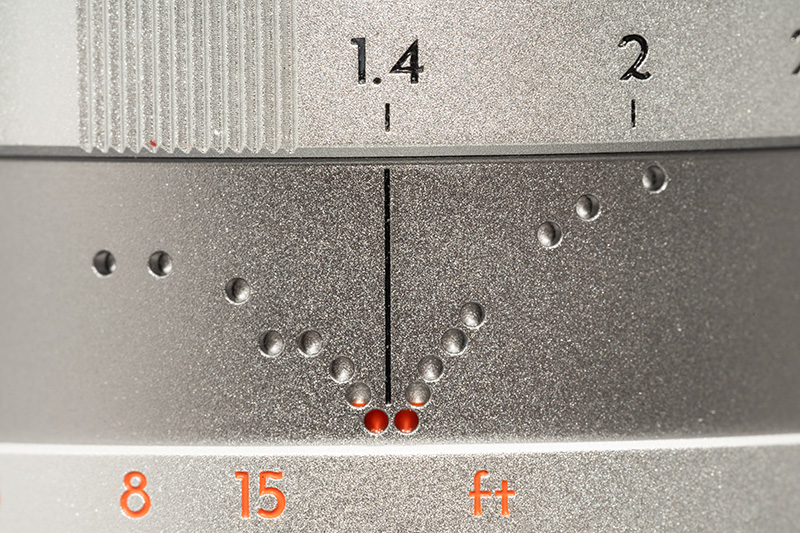















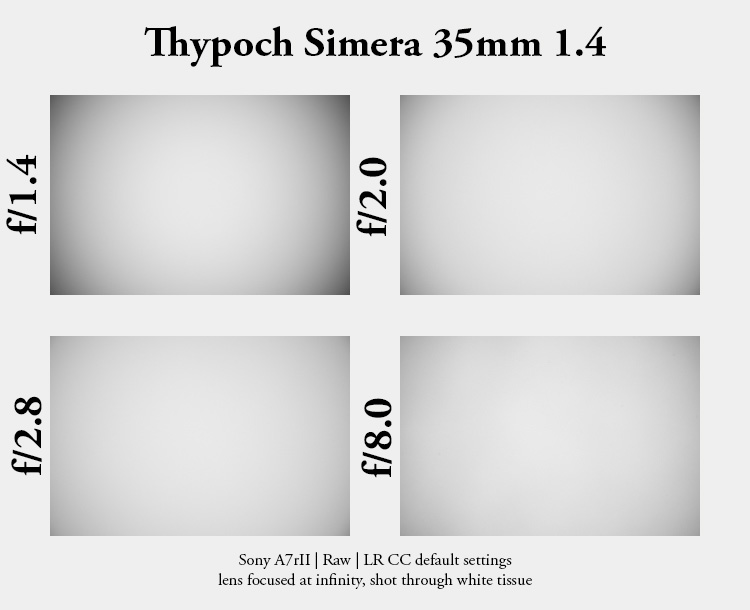







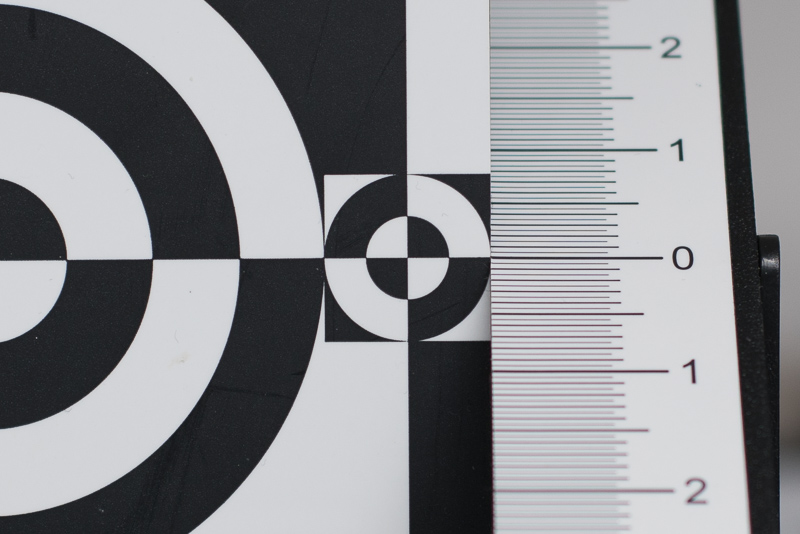























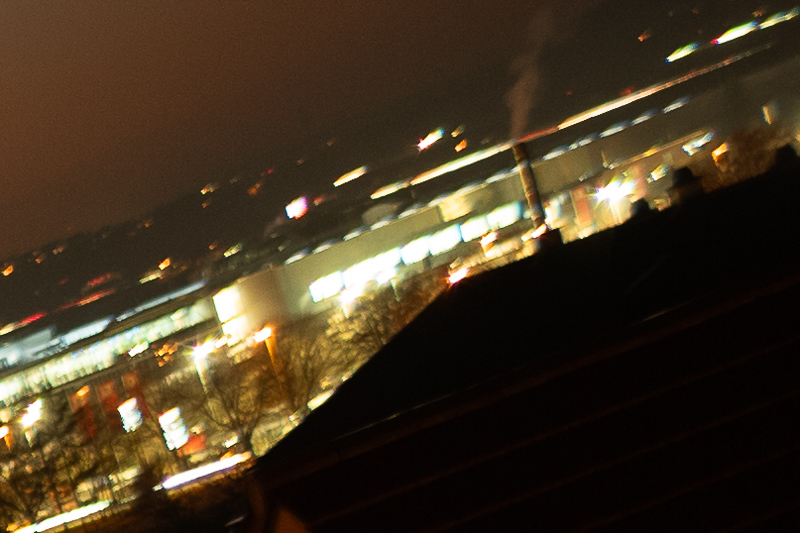








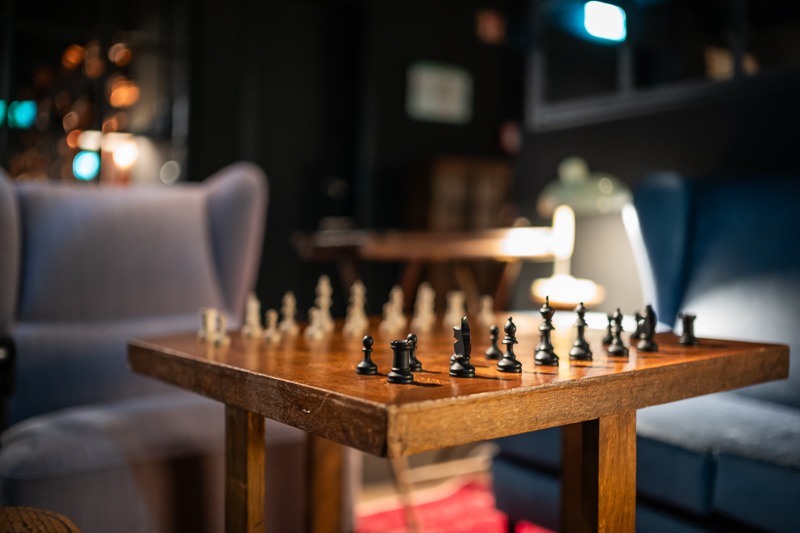



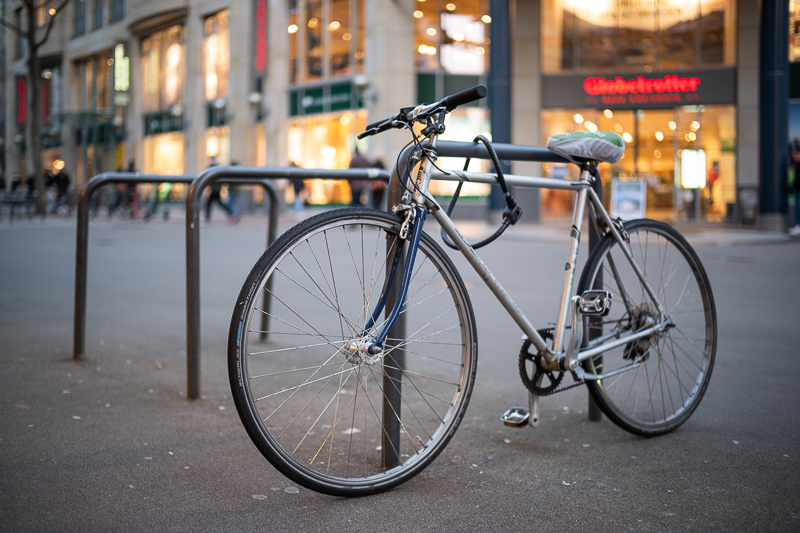








Bastian, thanks a lot for the review 🙏
It’s definitely a good tendency to see more M-mount lens manufactures.
Nice and complete review.
Any information regarding a future availability on other mounts? L Mount.
I am not aware of any plans to release these lenses with optimizations for other mounts.
Wow really cool lenses, thanks for reviewing. Like you, I am more interested in the 28mm /1.4. I really love having that focal length and aperture combination. I think i might even prefer it over 35mm a. If it weren’t for a couple things I might even have bought one, especially now that I own the techart M to E AF adapter.
However, a moderate chance of poor centering quality is a dealbreaker for me. Additionally, the poor optimization with a Sony filter stack is also a deal breaker.
If they made an “FE+” I would greatly enjoy that, but I think that is very very unlikely since these are not targeted towards sony E mount users.
On the other hand, these lenses seem to render beautifully. I don’t know when anybody will release a really good 28/1.4ish lens for e-mount but I don’t think there are any really good options now. My only hope might be voigtlander but we will have to see about that.
Yeah, you’d think someone (beyond Viltrox, and the old Sony, both slower, and Laowa) would’ve taken a shot at 28mm on E mount by now… There’s literally dozens of 20s & 24s, tons of options at 35/50, there’s even great 65/75/85/90 options, and a few 18s to boot. I’ve taken a look at the Laowa Argus 28/1.2 a few times, specially after Bastian’s review, but I’d really prefer something much smaller/lighter…
I’m with you on the Argus. I mostly didn’t like it’s bokeh that much compared to analogous lenses and I thought it’s rendering was tad bit dull.
The best 28mm for E mount is probably still the Sigma DG Art. It is big and heavy though, being an SLR design. Maybe Sigma will eventually release a DG DN version, but given Sigma’s habits, it may not be much smaller.
interesting! I really love the image quality for the size. Shame about the handling, and the infinity lock. I’m surprised they let you declick the aperture yet included an infinity lock.
Unfortunately I use Sony A7 for digital, as well as a Leica M for film. The 7Artisans 28mm FE+ seems to continue to be the best option for me, despite it’s size. If they ever release an optimized FE+ version I’ll absolutely get one.
Sadly I did not manage to get the rangefinder coupling of my 7A FE+ to work on my M6 (worked on M10 though).
That is strange! The 7A is my favorite low light lens on film, and coupled accurately for me. It might even be my most used lens just because of how versatile it is. It’s just so big!
Really glad to see you get time with these lenses. I have, and am very happy with, the 7artisans 28/1.4, but the 35 really piqued my interest. In the end I’ve picked up the 7artisans 35/2 WEN and Laowa Argus 35, but maybe I should have just snagged this one, though the infinity lock would absolutely drive me nuts if it wasn’t perfectly at infinity (and even then…)
They discontinued the 7artisans and they replaced my 28mm two times because they were badly decentered until I convinced them to give me a refund. Probably not a good option, if an option at all
I always assumed the full metal construction of the 7Artisans and TTArtisan lens would make it harder to have a decentered copy. Proves that assumption wrong, though.
First thing I do with a new lens is see how bad the decentering is. I’ve had multiple Sony 24-70 and 16-35 f/4 lens be so badly decentered that the image is too blurry in the midframe for 6×4″ prints.
Yeah.. and it’s too bad because the 28/1.4 had really nice contrast and exceptional bokeh. I don’t know that I have owned any wide angle lenses with creamier bokeh. I truly took some of my favorite shots with that lens. I may have kept the first one if I knew the 2nd one they would send me was worse.
I have been waiting for your review on these! They certainly look interesting but I’d be worried about small debris clogging up those scale holes haha. I ended up buying the Voigtlander 35mm f1.2 iii a couple weeks ago and don’t regret it one bit.
Locking tab: This was useful on screw mount lenses because it let you grab the focusing ring to screw/unscrew them. I can’t see any reason for having it on the Thypoc except misplaced nostalgia. On the Canon 50/1.4, it’s easy to unscrew the locking pin from the back, leaving just the focusing tab but no lock… would have been smart of Thypoc to provide that option…
Whoa! I had no idea I could do that to my Canon 50mm f/1.4. Something to try out and see how it feels on my old screw mount Canon.
Thank you Bastian for your informative Pre-review of this rwo new lenses! I apriciate your Intention to review lenses allways in a well balanced way, it is a real pleasure to read your reviews! I looking forward to the full review of the Simera 28.
Seems like a great lens with the right kind of image quality.
I have two lenses with infinity lock knobs – a 50mm Summicron Rigid and a 35mm Summaron. Both are incredible and handle like a dream with the focus knob near the body.
It’s a design choice, NOT a flaw. Worth mentioning as a quirk but not something to be deterred by if you’re looking for a small affordable fast high IQ wide angle lens.
And some choices are simply bad choices.
And at this moment my new old M 240-P arrived and the battery is loading. Then the first walk through winter wonderland will be with the Voigtländer 35mm 1.7 Ultron.
But these two Simera lenses looks really really nice… ;D
I bought the 35mm 1.4 for my SL2S, and really enjoy it. The image quality is fantastic. It is sharp enough at f1.4 and bokeh is beautiful. Handling is not an issue for me, and I get used to the infinite lock with only one hour of using it. This is the first “knock-off” lens that really make me not wanting the Leica lens.
Hi Bastian, thanks for your review of this lens.
I’ve had it for a few weeks, and having used for long enough to get used to it, I would still say it operates differently from my Leica and CV lenses. Something about the handling seems to break user expectations as far as where the focus and aperture rings are placed. I don’t think the infinity lock is necessarily the problem. There’s one on my LLL 35mm 8-element, and the infinity lock on that lens is not an issue. I hope they refine the design on a future Mk II.
The image quality with the lens is truly charming. Just as much, I’ve found it tack sharp wide open at closer portrait distances on the M11 sensor.
I know the 28mm Summilux is even larger, but size and weight are still issues for me when using this lens as a daily carry. That said, it’s not a burden to carry on the weekends, and when there’s a specific subject you want to do portraiture with. So despite the size and weight, the rendering kept me coming back.
The 28mm appears to be an original design, not a knock-off. From the looks of it, for the 35mm, they took the Summilux and both economized it and tried to make it render like the 28mm, but I’m not certain it gets to the same level of the 28mm. I think the makers of the lens wanted to make a lens that stood out from the crowd, and it’s indeed quite beautiful as a standalone piece. On the modern and minimalistic M11, it’s on the busy side. I hope they spend more time on the 35mm if they ever make a Mk II, and take another shot at the usability.